In the grand tapestry of 20th-century American art, Gordon Parks photographs stands as a virtuoso. Born on November 30, 1912, into a humble family in Fort Scott, Kansas, Parks navigated a tumultuous era, imprinting his indelible mark on the canvas of history. As the youngest of fifteen children, his early years were steeped in the stark realities of segregation, a force that would later fuel his passion for social justice. Parks’ journey from the prairies of Kansas to the bustling streets of Chicago became a prelude to his iconic role as a documentarian, photojournalist, musician, and filmmaker.
Navigating the Segregated Symphony: A Glimpse into Gordon Parks’ Early Years
Parks’ upbringing in Fort Scott, amidst the chimes of racial segregation, sculpted the lens through which he viewed the world. His family, entrenched in the struggles of a racially divided America, became both the muse and motivation for his future endeavors. The seeds of his artistic vision were sown in this crucible of adversity, laying the foundation for a storied career that would later echo the pulse of African Americans in the United States.
Venturing north to Chicago in the early 1930s, Parks found himself amidst a thriving African American community. This cosmopolitan backdrop became the canvas for his early forays into photography, a medium that would become his chosen instrument for activism. It was during these formative years that he encountered the works of Roy Stryker, head of the Farm Security Administration (FSA) photography project, which would later prove instrumental in shaping the trajectory of Parks’ photographic legacy.
From FSA to the Silver Screen: The Evolution of Gordon Parks’ Artistry
The winds of destiny carried Parks to Washington, D.C., where he landed a position as a photographer with the FSA, documenting the stark realities of the Great Depression. This chapter in his life laid the groundwork for his later emergence as a leading voice in documentary photography. His experiences with the FSA honed his ability to tell compelling stories through the visual medium, a skill that would characterize his later groundbreaking work.
Parks’ skills extended beyond the photographic realm. In the 1940s, he ventured into the world of filmmaking, becoming the first African American director of a major Hollywood film with his movie, “The Learning Tree” (1969). This marked a pivotal moment in cinematic history, breaking down barriers for future Black filmmakers. As a photographer, musician, and filmmaker, Parks wielded his art as a weapon against discrimination, using every frame to challenge societal norms and advocate for equality. As a black artist, Gordon Parks left an indelible mark on American culture, and his legacy lives on through the timeless resonance of his photographs.
1. Emerging Man
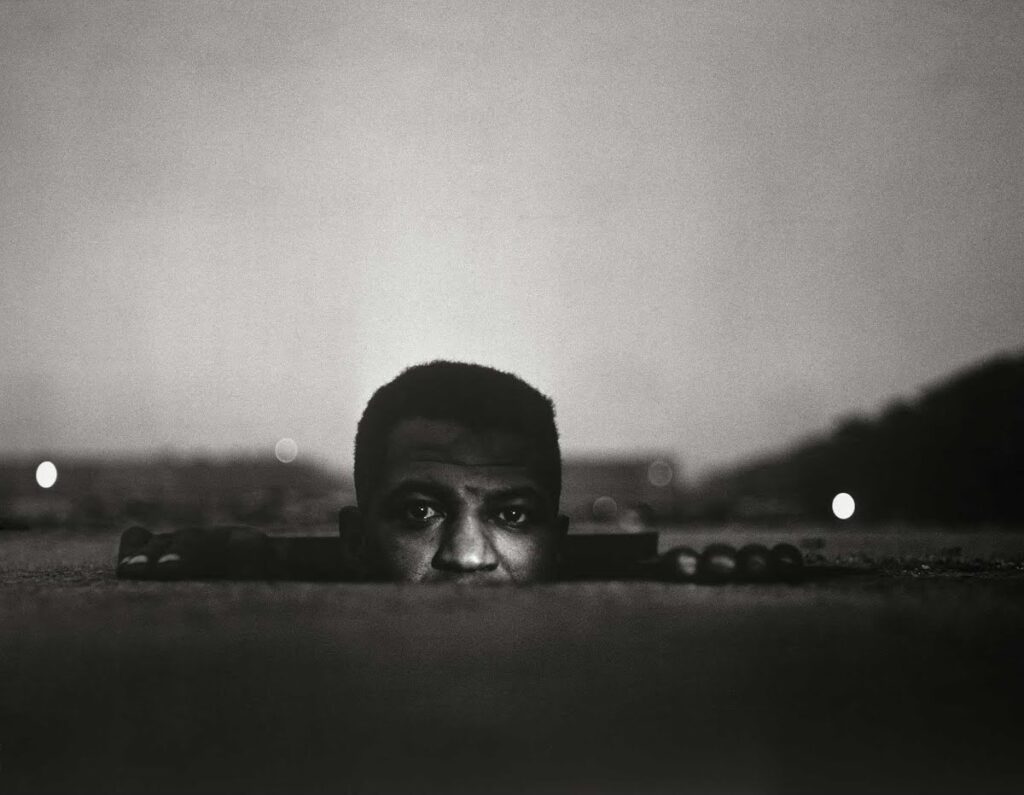
| Date | 1952 |
| Dimensions | 11 x 14 inches |
| Location | Unknown |
The overture to our visual symphony is “Emerging Man.” Picture this: a mysterious figure stepping into the limelight, a protagonist in his own story. Parks, the master puppeteer, invites us to speculate on the unfolding narrative. Who is this enigmatic figure, and what world is he stepping into? The beauty of Parks’ camera lies not just in capturing moments but in igniting our imagination.
2. Untitled, Harlem, New York

| Date | 1948 |
| Dimensions | 20 x 16 inches |
| Location | Harlem, New York |
The next note in our symphony is a vivacious piece from the heart of Harlem – an untitled masterpiece that encapsulates the rhythm of the streets. Each frame is a brushstroke on the canvas of resilience, a visual ballad to the strength of a community that refuses to be silenced. Parks doesn’t just take a photograph; he orchestrates a visual concerto.
3. Portrait of Mrs. Lucy Johnson
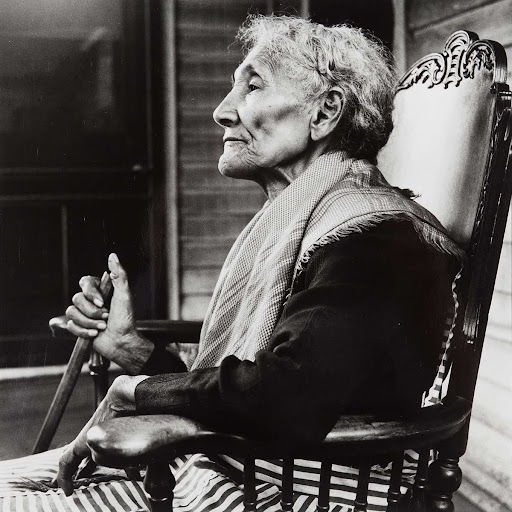
| Date | 1948 |
| Dimensions | 11 x 14 inches |
| Location | Unknown |
Mrs. Lucy Johnson graces us with her presence in a frozen moment of grace. Parks turns this portrait into a narrative. Her gaze holds stories untold, a testament to the power of a photograph to transcend the confines of time and space. Every wrinkle, every nuance, tells a tale etched in the folds of her existence.
4. Invisible Man Retreat, Harlem, New York
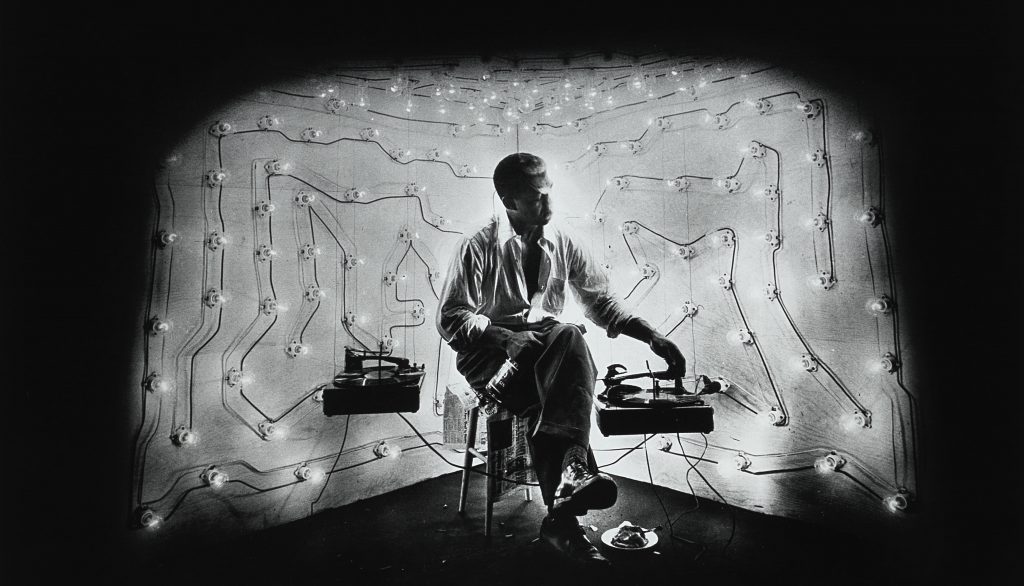
| Date | 1952 |
| Dimensions | 8 x 10 inches |
| Location | Harlem, New York |
“Invisible Man Retreat” unveils a sanctuary hidden within the folds of Harlem. Parks, like a visual poet, captures the essence of invisibility not as a flaw but as a cloak worn by those pushed to the margins. This black and white photograph becomes a canvas of contemplation, challenging us to see beyond the visible, to understand the stories that often escape our gaze.
5. Harlem Neighborhood, Harlem, New York

| Date | Unavailable |
| Dimensions | Unavailable |
| Location | Harlem, New York |
Details may elude us, but the essence of Harlem’s neighborhoods is vivid in this photograph. Parks’ lens becomes a window into the soul of a community – a vibrant mosaic of life, love, and laughter. It’s a communal dance frozen in time, inviting us to join the celebration of existence.
6. Indian Herb Store, Harlem, New York

| Date | Unavailable |
| Dimensions | Unavailable |
| Location | Harlem, New York |
Step into the aromatic world of the Indian Herb Store, where every scent is a note in Parks’ melodic exploration of Harlem’s cultural tapestry. The photograph transcends the visual, becoming a sensory journey through the fragrances that waft through history. Parks, the olfactory virtuoso, captures not just an image but an experience.
7. Untitled (Malcolm X with Newspaper)
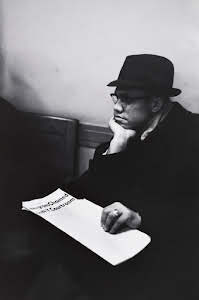
| Date | Unavailable |
| Dimensions | Unavailable |
| Location | Unavailable |
Malcolm X, a colossus of the Civil Rights Movement, stands immortalized in an untitled frame. Parks’ lens doesn’t merely capture a moment; it freezes time at the crossroads of history and activism. Malcolm X, newspaper in hand, becomes a visual manifesto, a call to arms echoing through the corridors of time.
8. Anacostia, D.C. Housing Project

| Date | Unavailable |
| Dimensions | Unavailable |
| Location | Anacostia, D.C. |
Parks’ lens shifts its focus to Anacostia, D.C., a canvas of urban struggles. The photograph exposes the raw reality of housing projects, where dreams and challenges coexist in the shadows of brick and mortar. It’s a stark reminder that every brick in these projects has a story, waiting to be heard.
9. Washington (southwest section), D.C. Two Negro boys shooting marbles in front of their homes

| Date | Unavailable |
| Dimensions | Unavailable |
| Location | Washington, D.C. |
Parks’ lens captures the innocence of childhood against the backdrop of socio-economic challenges. The photograph invites us to witness a moment of joy amidst adversity, reminding us that resilience blooms even in the concrete jungles of urban America. Two boys, shooting marbles, become protagonists in a tale of youthful exuberance.
10. Contact sheet R2, “A Man Becomes Invisible,” Life story no. 36997
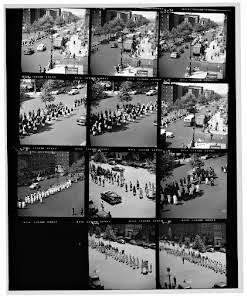
| Date | Unavailable |
| Dimensions | Unavailable |
| Location | Unavailable |
In this contact sheet, Parks weaves a visual narrative titled “A Man Becomes Invisible.” Life, with all its complexities, unfolds frame by frame. It’s a testament to Parks’ storytelling prowess, where each image is a chapter in the larger novel of the human experience. The contact sheet becomes a treasure trove of moments, inviting us to linger and explore the nuances of becoming invisible in a world that often turns a blind eye.
Frequently Asked Questions
What is Gordon Parks most famous photo?
The most famous photo by Gordon Parks was American Gothic which was actually a photograph of Washington, D.C. Government charwoman, Ella Watson. This photgraph was exhibited in different museums.
Which magazines was Gordon Parks a photographer for?
He was a freelance photographer by the middle of the 1940s, doing fashion photography for magazines including Vogue, Glamour, and Ebony. Parks began working for Life magazine as a staff photographer in 1948, and throughout the next twenty years, he produced some of his most well-known photos there. He also did some assignments on a young Harlem gang leader.
Conclusion
Gordon Parks’ photographs are not just frozen moments; they are invitations to step into the shoes of those he captured. In each frame, he painted stories that transcend time, echoing the resilience, beauty, and struggles of the human spirit. So, let’s keep dancing through the frames of history that Parks masterfully composed, embracing the laughter, the tears, and the untold tales that await discovery in the magic of his photographs.












